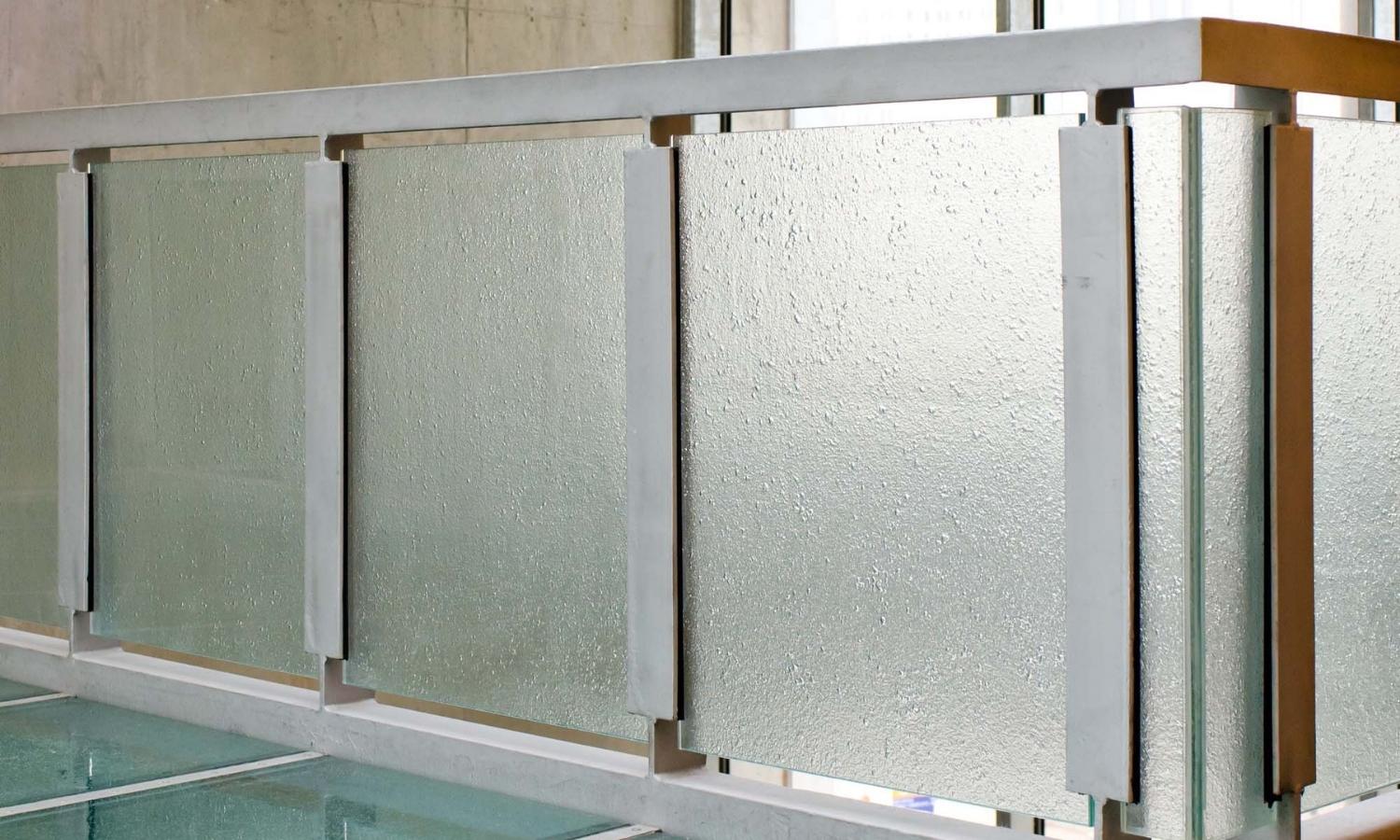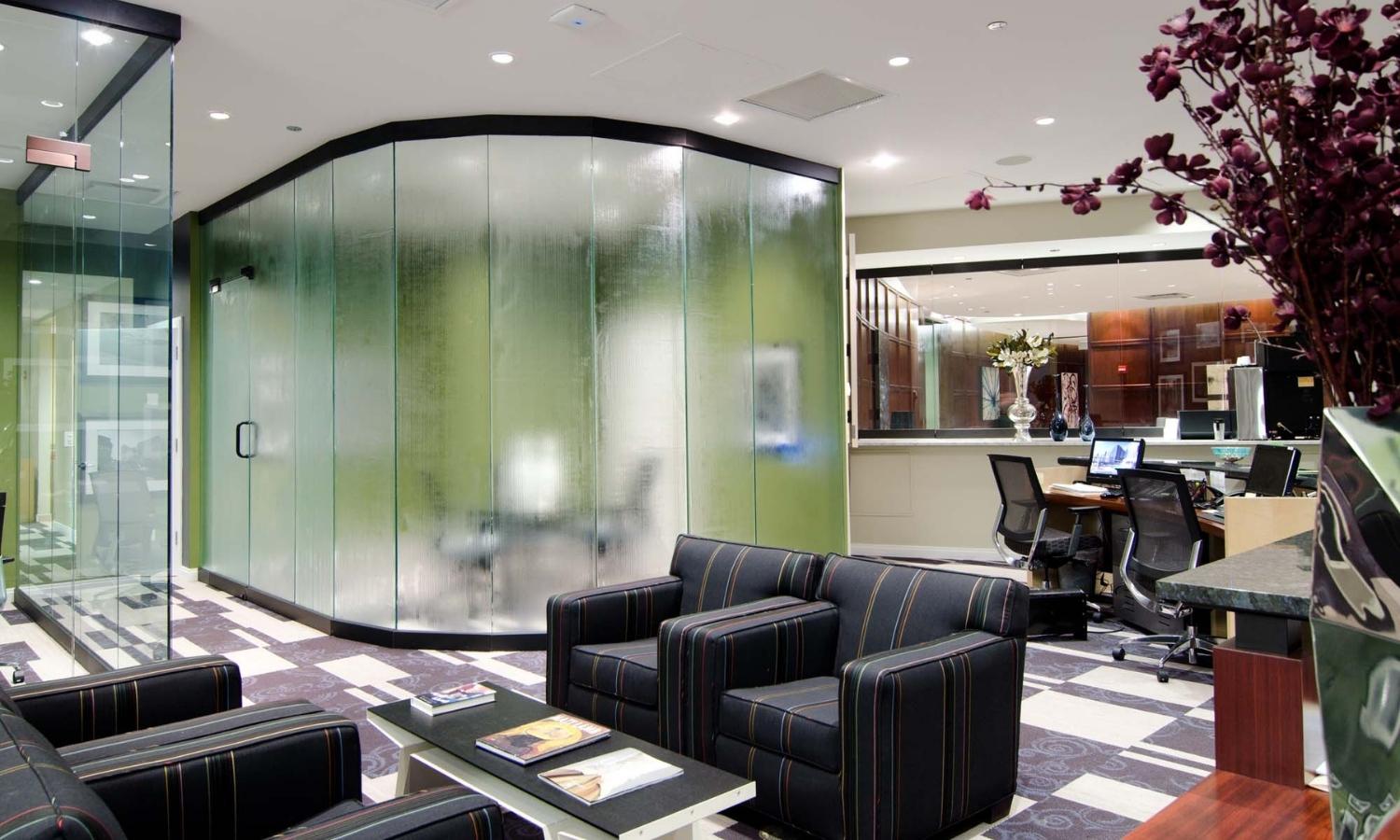A Quick Guide to the Use of Cast Glass in Architecture
- Details
Providing functional benefits and aesthetic value, the use of cast glass in architecture continues to gain popularity. A material that was once reserved for only the most creative and awe-inspiring structures has been embraced by the designers of commercial developments and municipal buildings.
Exceedingly versatile in its applications, cast glass offers designers and architects an incalculable number of ways to realize a project’s vision and achieve its strategic goals. By understanding what makes cast glass a viable building material and its wide-reaching benefits, designers can make lasting architectural statements.
What is cast glass?
This process dates back to the 15th Century Egyptians with cultures such as the Romans expanding its uses into windows, plates, and bowls, among others. Innovative manufacturing techniques spurred revolutionary uses of cast glass such as London’s Crystal Palace built in 1851, Berlin’s Large Tropical house completed in 1907, and Prague’s The Dancing House constructed in 1996, among many other iconic architectural successes.
The advanced technologies used to create cast glass have expanded their place in the finest buildings. However, its popularity among designers is also driven by the long-term benefits cast glass delivers.

Benefits of Integrating Cast Glass in Architecture
Developers and building designers are keenly aware the use of sustainable building materials is essential. Government incentives can be leveraged when utilizing energy-efficient products and materials that produce only minimal emissions. Cast glass ranks among the leading environmentally sustainable building materials.
Glass production involves a relatively small carbon footprint based on the use of natural and readily available raw materials. It also remains 100 percent recyclable, outpacing many other products or materials that might be otherwise used in its place. While sustainable construction is also attractive to those seeking commercial leases, these are other benefits to consider.
- Increased Light: Buildings designed with cast glass panels increase the amount of natural light that enters interior spaces. People who spend long periods indoors are typically affected by a lack of sunshine. Strategically using cast glass corrects this issue and helps buoy the occupants' moods when office professionals may experience seasonal affected disorder.
- Energy Efficient: Using energy-efficient materials provides a two-fold benefit. These products and materials open the door to developers accessing tax incentives. Cast glass can reduce the need for electrically generated light.
- Maintenance: Glass products are relatively easy to clean. These slick or contoured surfaces require minimal maintenance and upkeep.
It’s also important to consider that custom-cast glass products are providing a growing number of substantial interior design benefits. These select products are replacing traditional materials that too often make spaces feel constricted.

Growing Applications of Cast Glass in Architecture
Although cast glass structures such as the Louvre Pyramid garner attention for large-scale usage, custom design applications are far more prevalent. That’s because 21st Century cast glass possesses enhanced tensile strength, as well as aesthetically pleasing qualities. These are ways that visionary architects and interior designers are integrating cast glass.
Full Interior Walls
Commercial buildings are among the leading structures that have integrated cast glass in recent years. Corporate offices routinely employ cast glass walls around conference rooms and executive suites. Interior designers are taking advantage of elegant textures that emulate nature or infuse a contemporary aesthetic. Full walls allow light to penetrate while maintaining privacy.
Interior Dividers
Custom cast glass has experienced widespread use as a key element of dividers in commercial and residential spaces. Property and business owners are selecting artful textures that provide a measure of separation without fully enclosing a room. In this context, cast glass has emerged as an extension of the open floor plan.
Walkways & Stairs
The structural integrity of today’s cast glass materials makes them a preferred option for elevated interior walkways and staircases. An increased number of government buildings and niche commercial spaces are adopting these opaque materials to redefine the décor. That’s generally because they are crafted to be anti-scratch, anti-slip, and comply with the Americans with Disabilities Act. Building planners are also using colored, custom-cast glass to define walkways that once relied on floor paints.
Countertops
Selecting cast glass over standard countertop options continues to trend. They are easy to clean, more attractive, and provide superior environmental benefits. Restaurants and other leisure businesses are using cast glass for tables and bar tops that can be lit from underneath. This application attracts customers and leads to higher profits.
Customized Cast Glass
Interior design professionals are no longer limited to selecting between clear and opaque glass. Advancements in the glassmaking field have expanded opportunities to include colors such as blues, bronze, light grays, and a variety of off-greens, among others. At Jockimo we have invented a cutting-edge technology where we are able to INFUSE color into our decorative glass products. The glass is not painted nor does it include a colored film applied to the glass like others provide; our glass is a TRUE color throughout the glass. We are offering 7 colors to start - with more in the works.
Customized mirrored options are also available that can cover entire walls, foyer ceilings, or spaces that benefit from reflection.
Contact the Trusted Leader in Customized Cast Glass Solutions
If you are considering integrating cast glass into new construction or an existing building, the applications are seemingly limitless. Our experienced creative team works closely with architects, engineers, designers, builders, and property owners to achieve cost-effective and desirable solutions. For more information about our architectural glass products or to schedule a consultation, contact Jockimo today.

